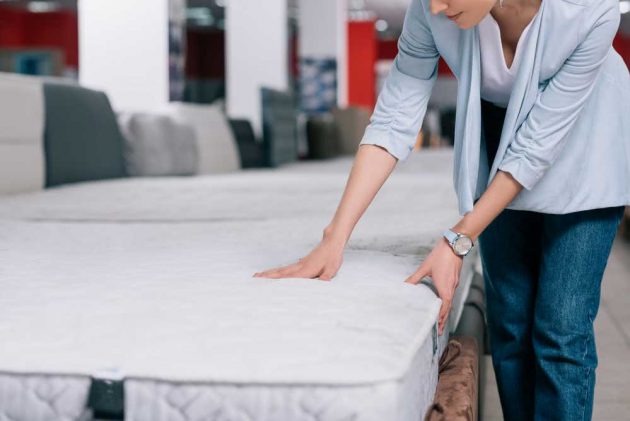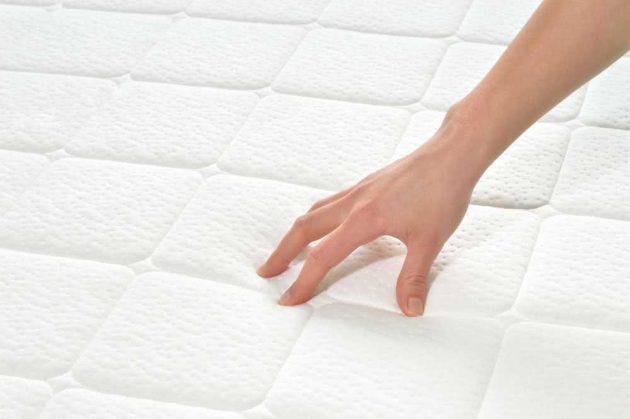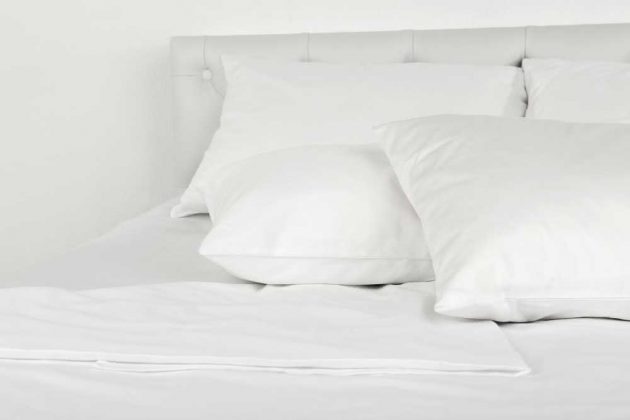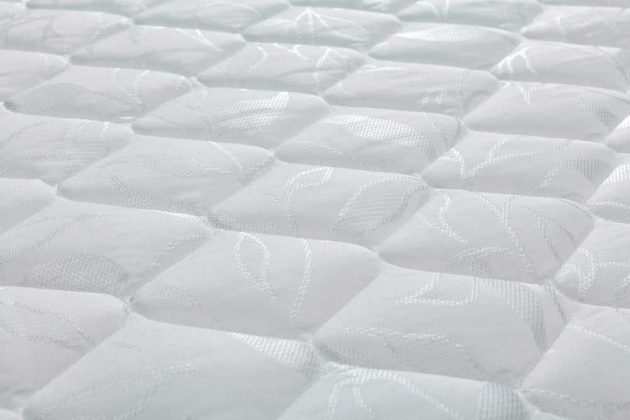With the right information, it is much easier to choose the right mattress for you. And of course, we help you with smart tips. Let’s check it out!
1. Size
One of the first things you need to consider is the size of the mattress. And how to do that? Measuring your bed.
There is currently a wide variety of mattress sizes, follow the table below:
- Standard Cradle : 0.60cm × 1.30m
- American Cradle : 0.70cm × 1.30m
- Small Single: 0.78cm × 1.88m
- Standard Single: 0.88cm × 1.88m
- Bachelor : 0.96cm × 2.03m Bachelor
- Widow: 1.28m × 1.88m
- Standard Couple: 1.38m × 1.88m
- Queen Size Couple: 1.58m × 1.98m
- King Size Couple: 1,93m × 2,03m
The single mattress, for example, can have up to three different sizes, as well as double mattresses.
So, to have no doubts about the right size of the mattress, take the measurements of your bed and, if you are buying the mattress for the first time, it is also important to take the measurements of the room also to make sure that it is proportional to the environment.
2. Density
After defining the ideal size of your mattress, it is necessary to evaluate another aspect, this time more technical, which is the density.
The density refers to the weight that the mattress is capable of supporting. This directly impacts the quality of your sleep and the durability of your mattress. As a rule, mattresses with a higher density are recommended for heavier people, while those with minimum density are recommended for lighter people.
3. Sleeping position
The sleeping position also influences the choice of mattress, did you know that? Those who sleep on their backs, for example, need a firmer mattress capable of providing the necessary support for the spine and neck. The same goes for those who sleep face down. The mattress must be firm enough that the spine does not bend.
Those who sleep on their side, in turn, need a softer mattress to relieve pressure on their shoulders and hips. However, here’s a reminder: the best position to sleep is on your back, avoid sleeping on your stomach and on your side to avoid damaging your spine.
4. Comfort
The mattress test is practically unanimous to help you at the time of purchase. So don’t be ashamed and lie on the mattress, feeling the softness and comfort. Although the density is the same, many models have different levels of comfort. This is very noticeable in the softness or firmness of the mattress. Some models are softer and tend to sink with the body, which is not very interesting for the health of your back.
Firmer models can be uncomfortable if you are in the habit of sleeping on your side. Ideally, the mattress should be between softness and firmness, neither too much nor too little.
5. Material
Finally, but still very important, is the type of material with which the mattress was manufactured. The most common (and inexpensive) models are foam. Foam mattresses have different types of size and density, are lighter, easier to transport, and have a good thermal capacity. However, they are more suitable for people who sleep alone or for couples with similar biotype, to preserve the mattress and ensure a better quality of sleep.
Spring mattresses, which are also very popular, are more durable and great for hot places since the spring system allows better ventilation. The spring mattress, especially the model with pocket springs, is highly recommended for couples since when one moves the other does not feel. In contrast, they are usually more expensive and heavier.



















